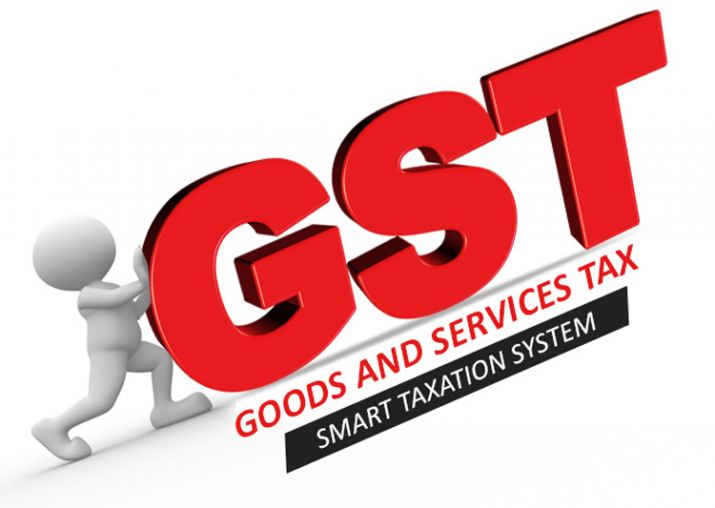GST is a combination of Central and State Taxes and it was introduced to bring one tax system in India, a concept developed by Bharatiya Janta Party (BJP) under the rule of Shri Narendra Modi, the Prime Minister of India. Here in this article, we go through What is GST? Different GST Tax Slabs and GST Filing for business and how to prepare for it.

What is GST?
GST stands for Goods and Service Tax. This is a unique indirect tax for the entire nation, which will make India an integrated general market. GST will unite it directly to the manufacturer to supply products and services to consumers.
Types of Taxes under GST
There will be three types of taxes under GST –
- IGST (Integrated GST) for Central GST and
- State GST and Interstate Transactions for Interstate Transactions
Since all central and state taxes have been merged and have been reported as a Tax for GST, State Governments and Central Government should be their GST share. Therefore there will be three types of tax under GST.
Since GST is a tax on the basis of consumption, tax revenue will be levied and taken for consumer state. This helps the consumer state to protect its taxable base.
If goods are transferred within the state, that is, the state of consumption is the same as the state of origin, there will be CGST (Central Government Tax) and SGST (Levy from the state government) If the goods are transferred from one state to another, the IGST will be imposed and the central government will resolve the tax to the consumer state.
GST Tax Slab Rates
GST has proposed a total of 4 tax slabs:
- Exempted categories – 0
- Commonly used Goods and Services – 5%
- Standard Goods and Services fall under 1st slab – 12%
- Standard Goods and Services fall under 2nd Slab – 18%
- Special category of Goods and Services including luxury – 28%
